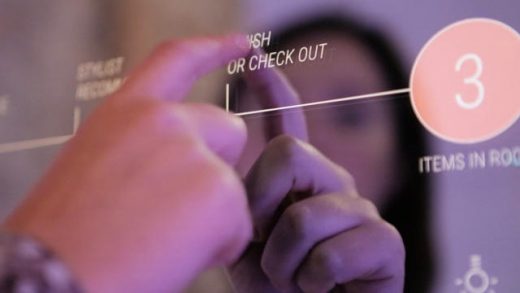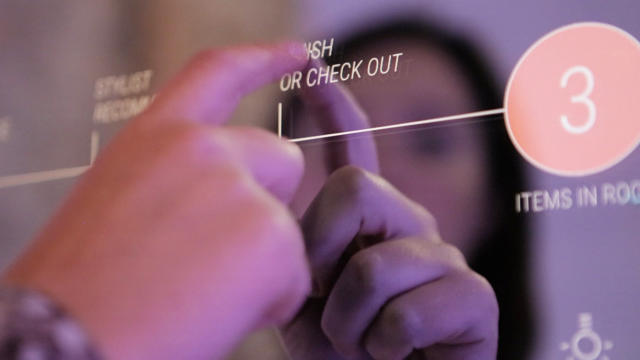Smart Mirrors Might Be The Future Of In-Store Customer Analytics
Online shopping data is an invaluable trove of insight into how people shop on the Internet. But as the line between online shopping and offline shopping blurs, what about in-person sales? How do you track customer brick-and-mortar behavior beyond inventory in, inventory out?
Oak Labs wanted that data. Building upon the RFID tracking already incorporated by many retailers, the company started with a smart fitting room mirror, the anchor cornerstone in its technological solution to follow products from the fitting room to the cash register—and chart every step in between.
The idea of connected mirrors has been cooking in Oak Labs CEO and cofounder Healey Cypher’s head since at least 2013, when he was head of retail innovation at eBay. But in 2014, eBay announced plans to split from PayPal—and by 2015 it had spun off the retail innovation lab. (While at eBay, he worked on Rebecca Minkoff’s Connected Store initiative)
Cypher left in April 2015 to bring Oak Labs to life—and augment his mirror idea with a suite of connected analytics software.
Oak Labs first tried out its own mirror tech during a pilot partnership with Polo Ralph Lauren last November. Since then, Oak Labs has quietly set up its tracking suite in multiple other stores across the U.S., and continues to work out kinks in its system. Oak Labs’ pitch is simple: Line your store with connected tech, which will result in a better experience for the customer and field far more in-store data for the merchant. The end result should be more sales.
Cypher says optimizing an in-store experience should be as seamless as optimizing an online experience—but in order to create that smooth experience, brands need to know what their existing pain points are. That’s where in-store analytics come in. For example, “if a customer perceives that a line is over 7 minutes long, there’s a 70% chance they’re not staying in line. If a customer sees an item they like but the item is not in the right size in front of them, the majority, I think 55%, will not ask for help. One of the things we’re trying to do is trying to make the store incredibly intelligent,” Cypher says.
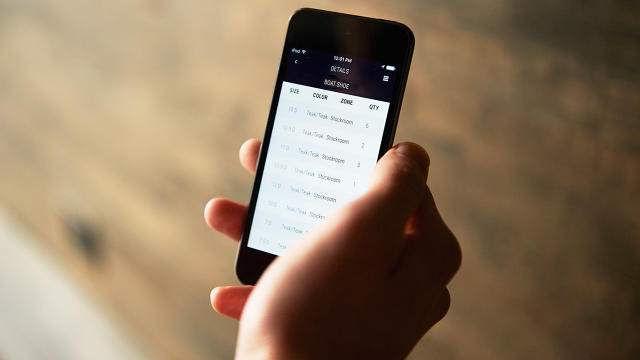
Oak Labs’ tech suite starts with the full-length fitting room mirror, which displays the items a customer has brought in to try on, thanks to RFID signals in the merchandise tags. This lets stores track items as they move from the store floor to the dressing room to the register, producing data on customer behavior: Are customers more likely to try on—but not purchase—one specific item more than others? If they bring the wrong size of an item into the dressing room, will they run out to find the right size? If not, how many customers will flag down a sales associate to retrieve the right size for them?
Oak Labs designed the mirror interface to fix these detours in the purchase process. If the customer wants a different size, they can make a request through the mirror’s touchscreen. A sales associate receives the request on their iOS tablet or phone loaded with Oak Labs software, called “Oak Stockroom,” which tells them where the right size of the item is—and if it’s not on the floor, the associate pings the back room, where the requested item appears on a screen.
Or the associate can manually search for the item within the Stockroom software, or even just point their device camera at a barcoded price tag for information about that item in the store.

The customer can also plug in their phone number using the interactive mirror screen, to have their item list texted to them while they are in the dressing room if they want to give their purchase more thought or prefer to buy online (this also allows the store to track how many people who try an item on in the store end up buying it online). The mirror can even be used to change the lighting in the fitting room or translate conversations between customers and associates who speak different languages.
“What we found is that there’s a 90% efficiency increase with that data. It sounds like a lot, but think about it: We’re not using a radio”—(like the walkie-talkies sales associates outside fitting rooms often use to communicate with their stock rooms)—”which could have signal issues and sound scratchy or choppy, and a picture [on the mirror and sales associate tablets and phones] does tell a thousand words with the exact item size and description,” says Cypher.
“When you look back at how historically tech has been put into retail, there hasn’t been a lot of discipline around it,” he adds. It’s true. Other brands have tried to integrate tech in their stores, with eerily identical approaches. Back in the early 2000s, for example, Prada spent millions to outfit its Manhattan flagship store with similar ideas to those Oak Labs is bandying around, but its tech suffered frequent malfunctions and was abandoned.
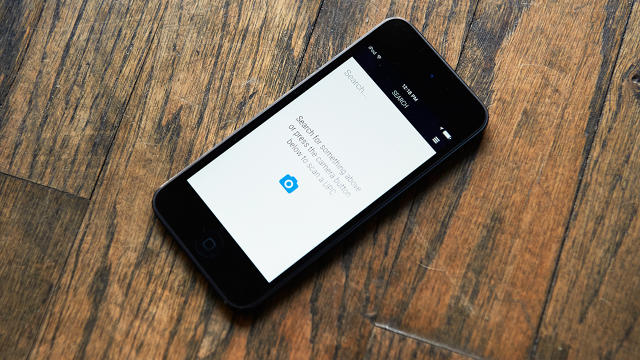
As to why another tech solution hasn’t brought retail out of the age of radios and into our app-connected future, Cypher can only guess. A major inhibiting factor has been the venn diagram of catalogs, says Cypher, where the item selection in stores and online sometimes don’t completely overlap. That means there might not be digital assets, like descriptions or photos, online for items that can only be found in a brand’s stores. Conceivably, stores and chains wanting to connect their items to a connected network would need to go through the toil of ingesting and cataloging every item the same way, whether they were sold online or in-store. Some brands, like Bonobos and Warby Parker, have realized that having 100% overlap between in-store and online items can be a good thing, says Cypher.
Oak Labs’ tech aims to not only track customer behavior, but to also track employees. Yes, employees: the partnered tablet and phone app that receives dressing room item requests can measure how long it takes sales associates to retrieve items for customers and, since it tracks location data, could show where the associate spends their time in the store. Giving managers access to minute data about their employees’ activity could scare a retail worker, but Cypher views this data trove positively.
“We’re empowering associates to make sales go up. We have incredible data science that says if an associate provides a certain service level, sales are more likely to happen and the customer is more likely to come back. In life, the carrot works far better than the stick,” argues Cypher.
But he also acknowledges that the system has to be so seamlessly good that associates want to use it because it makes their jobs easier, not harder. “If the associates don’t love it, and if it doesn’t make their lives ten times easier and ten times more effective, they won’t use it. We’re trying to empower the associate to spend more time with customers and less time head down in tech.”
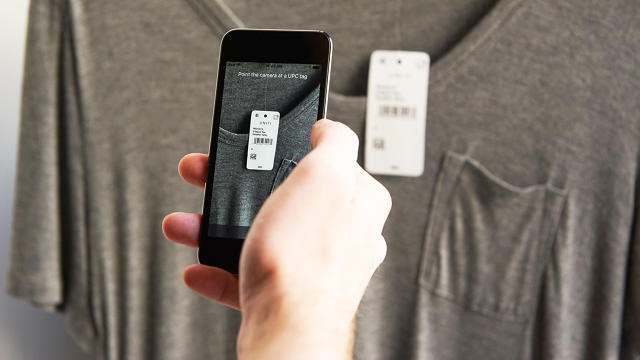
As their summer tests wind into fall, Oak Labs will split their product suite into two tiers: a one-time purchase of mirrors and software licenses, and a monthly retainer to install and maintain the whole setup. Through a partner company, the second tier ensures a technician can be on-site to fix any problems that come up with the technology within 24 hours—and since that monthly service includes monitoring the software and product status, Oak Labs aims for its technicians to head off problems before the store needs to request help.
That second-tier geographically restricts which stores and brands Oak Labs can install its tech suite in, at least for now. So long as they’re within a major city in one of the 98 countries that its technician-supplying partner company operates in, Oak Labs can offer that tier of service. This complete care package aims to prevent the problems that the Prada store experienced years ago, taking full responsibility for the continual operation of the leased tech. The company knows that if it hopes to succeed with retailers, its tools “can’t complicate their business,” says Cypher.
Oak Labs is deploying the newest version of their mirror this summer: a 3-inch deep, 55-inch-long unit that lacks the older model’s bulky frame. But as Oak Labs works out the kinks in its system, they have to be picky about which stores and brands they install their tech in. For now, the company has limited bandwidth, says Cypher. They won’t say no to some brands, but they will bump better fits to the top of their priority list. Oak Labs looks for companies with already-evolved tech stacks, organizational mindsets, and existing digitized catalogs.
“For us, it’s really important that we give customers an amazing experience. It’s incredibly complicated to do a simple, elegant experience,” says Cypher. “Think of the iPhone when it first came out; the magic is that it just works.”
See Rebecca Minkoff’s Connected Store in action this episode of Innovation Undercover
Oak Labs’ smart fitting room mirrors have been tested in Polo Ralph Lauren and other stores.
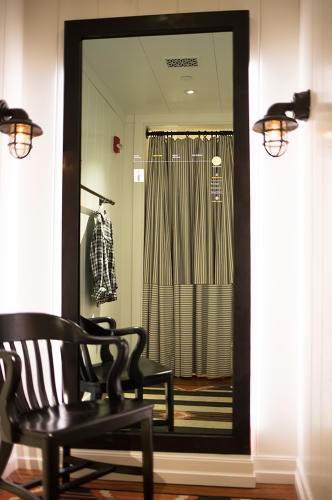
After finalizing their selections, customers can send for a sales associate to bring all their items to the register for purchase.
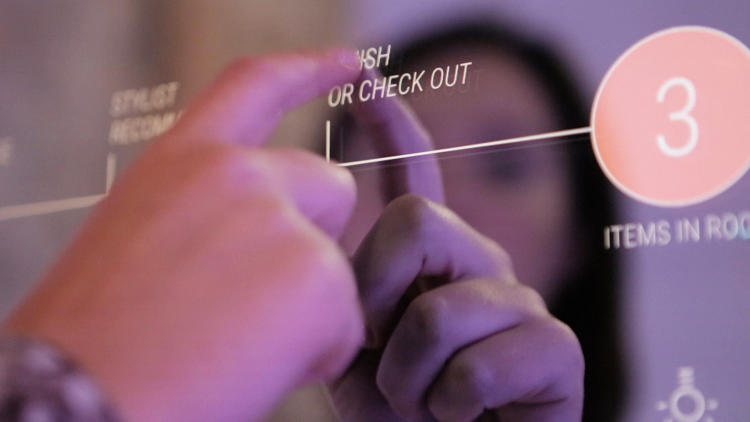
Customers can plug their phone number into the mirror to have a link to their item list texted to them if they prefer to buy online.
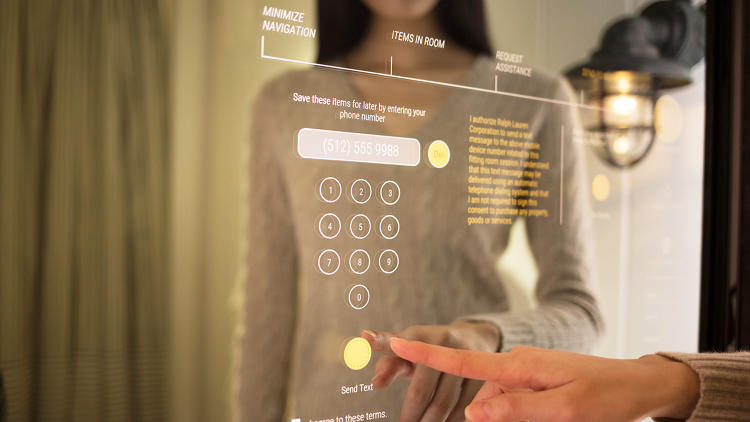
Sales associates can use their tablet or phone to search for the location of different items in the store for customers.
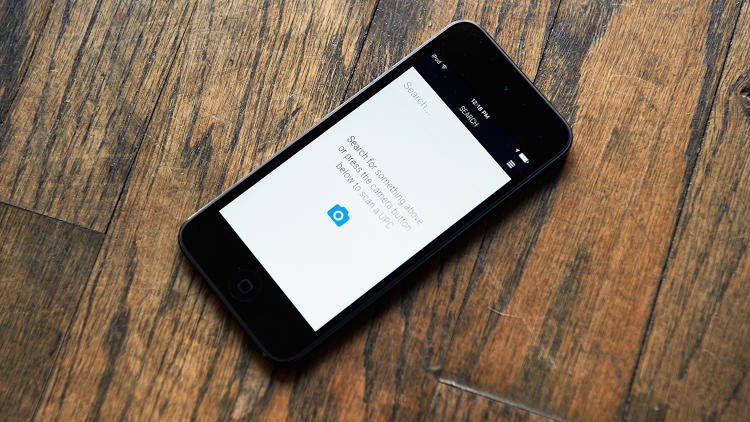
The associate can even just point their device camera at a barcoded price tag for information about that item in the store.

The app shows salespeople where on the floor the item they’re looking for is–or if it’s not on the floor, the quantity of that item in the stockroom.

Fast Company , Read Full Story
(99)

